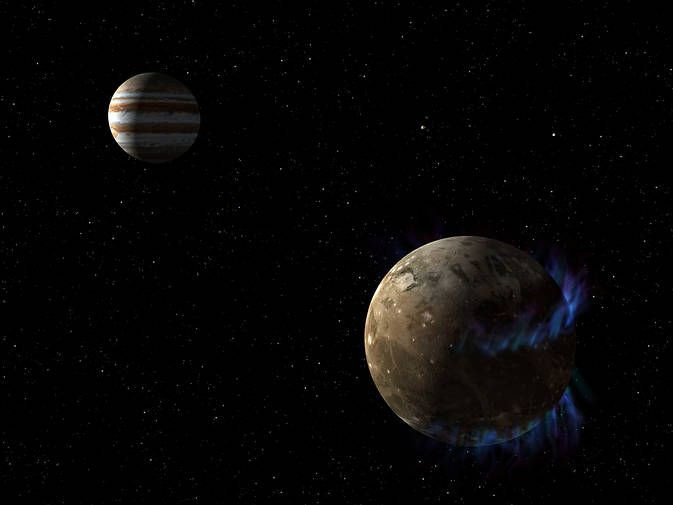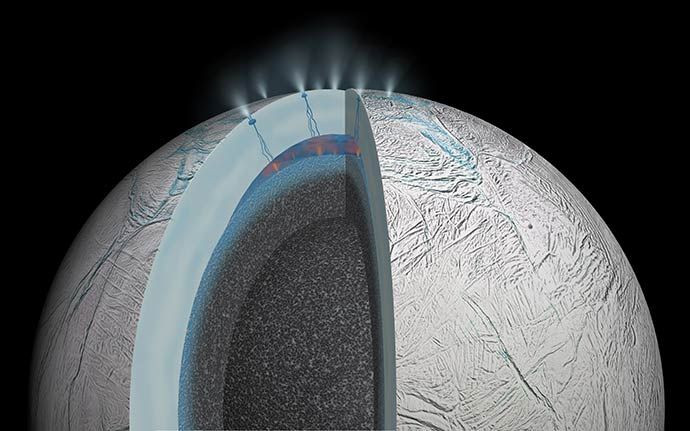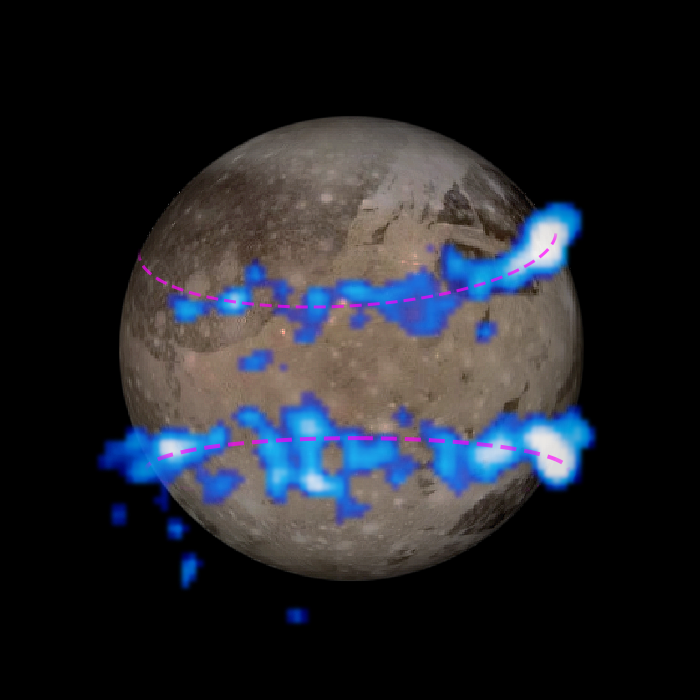Jupiter's Moon Ganymede, Saturn's Moon Enceladus May Have Massive Underground Oceans

The presence of water is indispensable for the origin and evolution of life as we know it. This has prompted scientists and astronomers looking for signs of extraterrestrial life to search for water on distant worlds.
This week, scientists reported that two bodies in our solar system -- Jupiter’s largest moon Ganymede and Saturn’s moon Enceladus -- could have giant subsurface oceans potentially harboring alien life.
“After spending so many years going after Mars, which is so dry and so bereft of organics and so just plain dead, it’s wonderful to go to the outer solar system and find water, water everywhere,” Christopher P. McKay, a planetary scientist at NASA’s Ames Research Center in Mountain View, California, told the New York Times.
Enceladus
Saturn’s sixth-largest moon is believed to be covered with a layer of ice about 19 to 25 miles thick. In 2005, NASA’s Cassini-Huygens spacecraft found evidence of an icy spray issuing from the moon’s southern polar region and recorded higher-than-expected temperatures in its icy surface. According to two papers -- published this week in Nature and Geophysical Research Letters -- this is evidence of hydrothermal activity, making Enceladus the only place other than Earth where such activity takes place.
Because hydrothermal activity on Earth occurs when seawater infiltrates and reacts with a rocky crust, scientists studying data obtained from Cassini's cosmic dust analyzer concluded that this is what must be happening on Enceladus. This conclusion was further bolstered by the detection of methane in the plume over the moon’s south pole and microscopic granules of silica, which are found in sand and the mineral quartz on Earth.
“It's very exciting that we can use these tiny grains of rock, spewed into space by geysers, to tell us about conditions on -- and beneath -- the ocean floor of an icy moon,” Sean Hsu from the University of Colorado at Boulder and the lead author of the paper published in the journal Nature, said, in a statement.

Scientists believe that the methane most likely came from an abiotic source and became trapped in icy structures known as clathrates. This trapped methane could then have been spewed out into space along with plumes of water, according to the paper published in Geophysical Research Letters.
Evidence now strongly suggests that Enceladus harbors a 6-mile-deep ocean, with temperatures reaching up to 194 degrees Fahrenheit, below its thick, icy surface. “If you could swim a little bit further from the really hot part then it could be comfy,” Hsu reportedly said.
Ganymede
The largest Jovian moon is also the biggest one in the solar system. Now, evidence has emerged that Ganymede, which is also the only moon to have its own magnetic field, might have a subterranean saltwater ocean holding more water than there is on all of Earth.
The new data was collected using the Hubble Space Telescope, which has been studying the auroras at both poles of the moon. Because of its proximity to Jupiter, Ganymede’s magnetic field is affected by the planet’s, rocking it back and forth. This movement allowed scientists to detect the presence of a hidden gigantic ocean in the interior of the moon.
“Because aurorae are controlled by the magnetic field, if you observe the aurorae in an appropriate way, you learn something about the magnetic field. If you know the magnetic field, then you know something about the moon’s interior,” Joachim Saur from the University of Cologne in Germany, and the lead author of the paper, said, in a statement.

This ocean interferes with the magnetic field, reducing the rocking of the auroras by 4 degrees. To have this kind of effect on the magnetic field, scientists estimate that the ocean is 60 miles thick -- 10 times deeper than Earth's oceans -- and is buried under a 95-mile crust of ice.
The new findings add these two moons to the growing list of bodies, which includes Europa and Callisto, that are believed to have water. According to Heidi Hammel, executive vice president of the Association of Universities for Research in Astronomy, it appears as if “almost everywhere we look, there’s water.”
© Copyright IBTimes 2024. All rights reserved.






















